List of author's articles
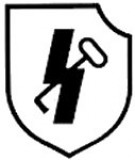
12th SS Tank Division "Hitlerjugend"
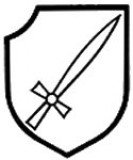
18. SS Freiwilligen PanzerGrenadier Division Horst Wessel
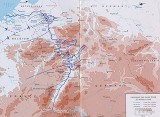
Allied campaign in Central Europe from March 22 to May 8, 1945 (1)
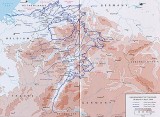
Allied campaign in Central Europe from March 22 to May 8, 1945 (2)
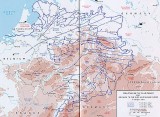
Allied campaign in Central Europe from March 22 to May 8, 1945 (3)
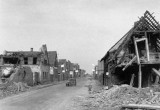
Allied campaign in Central Europe from March 22 to May 8, 1945 (4)

Allied operations in the Rhineland from 15 September 1944 to 21 March 1945 (I)
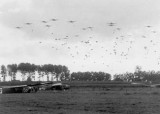
Allied operations in the Rhineland from 15 September 1944 to 21 March 1945 (II)
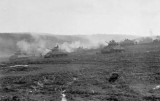
Allied operations in the Rhineland from 15 September 1944 to 21 March 1945 (III)
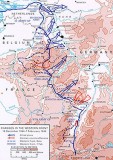
Allied operations in the Rhineland from 15 September 1944 to 21 March 1945 (IV)
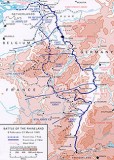
Allied operations in the Rhineland from 15 September 1944 to 21 March 1945 (V)

Attack on Bordeaux - Operation Frankton
Operation Frankton was one of the boldest and most unorthodox actions undertaken during World War II. It involved the submarine HMS Tuna and 10 Royal Navy men in 5 canoes. The target of the attack was merchant ships anchored in the French port of Bordeaux - ships that had successfully broken the Allied blockade.

Attack on Dieppe - Operation Jubilee
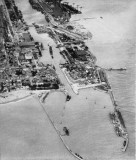
Attack on St.Nazaire - Operation Chariot
The first months of 1942 were some of the darkest in the history of England. Her troops were pushed out of positions on all battlefields. There were constant reports of retreats and defeats from North Africa, Burma or Malaysia. Britain's survival depended on supplies being transported by slow and vulnerable convoys from the United States, which tried to slip through the lurking packs of Dönitz's submarines. The submarine war culminated.

Emblems of Schwere Panzer Abteilungen

Emblems of tank divisions of the Wehrmacht 1939-1945

Emblems of tank divisions Waffen-SS 1939-1945

German snipers in Normandy in 1944
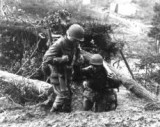
Hellish forrest
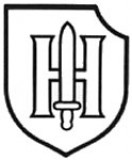
History of the 9th SS Tank Division "Hohenstaufen"

Hitler's order regarding Commandos
For a long time now, our enemies have been focusing on waging war with methods that are contrary to the international Geneva Convention. Members of the units, called Commandos and characterized by special brutality and intrigue, are recruited from criminal elements in their homeland, or even from exiles liberating enemy territory ...
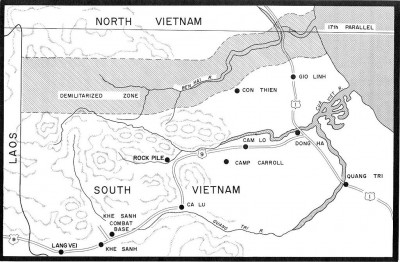
Khe Sanh Base - 1968

Markings of the German vehicles and tanks in the period 1939-1945
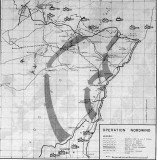
Operation Nordwind - Part 1

Operation Nordwind - Part 2
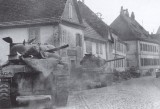
Operation Nordwind - Part 3
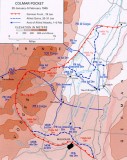
Operation Nordwind - Part 4
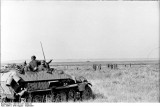
Panzergrenadieren
After World War I, the Allies removed much of their armaments from their arsenal, disbanded a number of troops and radically reduced armaments spending. The last war was over, and many officials and military officials did not see much sense in spending significant resources on developing new weapons or tactics.

Panzerkampfwagen T-34(r) - the soviet T-34 tank in German service
"We didn't have anything like that," Major General FW Mellenthin, Chief of Staff of the XLVIII. Tank Corps.
"The best tank in the world", Field Marshal Ewald von Kleist, 1st Tank Army.
"This tank adversely affected the morale of the German infantry," General G. Blumentritt.
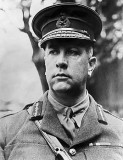
Vimy Ridge, April 9, 1917

Vimy Ridge, April 9, 1917 - Order of Battle
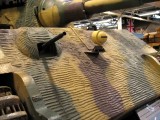
Zimmerit
Join us
We believe that there are people with different interests and experiences who could contribute their knowledge and ideas. If you love military history and have experience in historical research, writing articles, editing text, moderating, creating images, graphics or videos, or simply have a desire to contribute to our unique system, you can join us and help us create content that will be interesting and beneficial to other readers.
Find out more